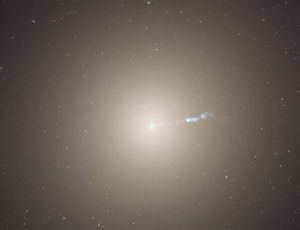
Astrophysicists have discovered an entire star cluster that has been ejected from the galaxy known as M87 at more than two million miles per hour. The newly discovered cluster, which astronomers named HVGC-1, will now travel forever through intergalactic space.
“Astronomers have found runaway starsbefore, but this is the first time we’ve found a runaway star cluster,” says Nelson Caldwell of the Harvard-Smithsonian Center for Astrophysics. Caldwell is the lead author of a study detailing the runaway cluster in The Astrophysical Journal Letters.
M87, source of the hypervelocity cluster, is a king among galaxies. This supergiant elliptical galaxy weighs as much as 6 trillion Suns, making it one of the most massive galaxies in the nearby universe.
The “HVGC” in HVGC-1 stands for hypervelocity globular cluster. Globular clusters are relics of the early universe. These groupings usually contain thousands of stars crammed into a ball a few dozen light-years across. The Milky Way galaxy is home to about 150 globular clusters. The giant elliptical galaxy M87 holds many thousands.
It took a stroke of luck to find HVGC-1. They first sorted targets by color to separate stars and galaxies from globular clusters. Then they used the MMT Telescope in Arizona to examine hundreds of globular clusters in detail.
A computer automatically analyzed the data, calculating the speed of every cluster, and any anomalies were then examined by hand. Most of those turned out to be glitches, but HVGC-1 was different. Its surprisingly high velocity was real. “We didn’t expect to find anything moving that fast,” says study co-author Jay Strader of Michigan State University.
How did HVGC-1 get ejected at such a high speed? Astronomers aren’t sure but say that one scenario depends on M87 having a pair of supermassive black holes at its core. The star cluster wandered too close to those black holes. Many of its outer stars were plucked off, but the dense core of the cluster remained intact. The two black holes then acted like a slingshot, flinging the cluster away at tremendous speed. Its fate? To drift through the void between the galaxies for all time.
Related:
Discuss this article in our forum
Black Hole The Ultimate Sub-Woofer
Triple star system could reveal true nature of gravity
Distant galaxy poses astronomical puzzle
My god, it’s full of stars. Astronomers discover densest galaxy


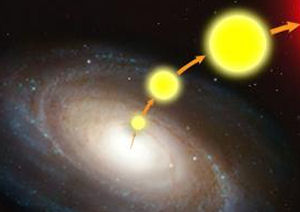

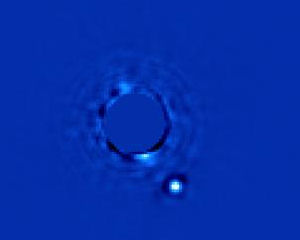
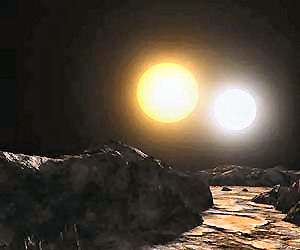
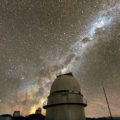

Comments are closed.